The ultimate evolution of the air-cooled Porsche 911 is generally recognized as being the 993 series. This was a version that embodied the things that had made Porsche great; superb and uncompromising workmanship, simplicity, a devotion to pure performance and handling.
These were things that made the 911 the most recognizable Porsche ever made, and the 993 version took that pure and uncompromising design and manufacturing excellence and refined it into a series of models that are the epitome of all that made a Porsche a Porsche.
Fast Facts – The Porsche 911 Carrera RS Clubsport
- The Porsche 911 Carrera RS cars were part of the 993 series of 911’s from the 1990s, the final air-cooled 911s.
- The 993 series cars were a completely new design but made to look very much like the original 911 cars.
- The job of making this new car look like a 911 was entrusted to English designer Tony Hatter.
- The suspension of these cars featured a Weissach axle as had been previously used on the Porsche 928.
- The Porsche 911 RS Clubsport was a track-oriented car based on the Carrera Cup competition car.
Designing The Porsche 993
The senior management at Porsche wanted this new 993 series to retain the look of the traditional 911 such that a casual observer would immediately assume that it was just that, and that made the job of the designer of the exterior appearance of the car, Englishman Tony Hatter, all the more challenging.
As the last of the air-cooled Porsche 911’s the 993 had a high calling – it was to be the last generation of a car that had become a global icon, and that global icon was “THE sports car” that was instantly recognizable as a Porsche in the way that nothing else was.
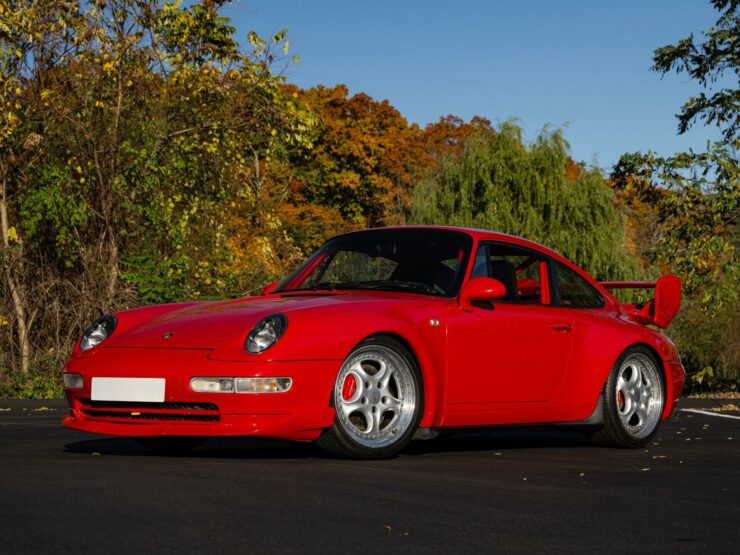

The technology underneath the svelte “911” bodywork of the 993 was significantly more advanced than that which had underpinned the original 911. The 993 was the result of the design team starting out with a blank sheet of paper and doing a design that was all new, an expression of the best they could engineer.
The Weissach Axle
A new all alloy sub-frame was created and the suspension featured Macpherson struts at the front, with upper and lower wishbones at the rear combined with a Weissach axle, (as had been previously used on the Porsche 928).
“Weissach” is a word created from “Winkel einstellende, selbst stabilisierende Ausgleichs-Charakteristik” which translates as “angle-adjusting, self-stabilizing equalization characteristic”.
The Weissach axle is based around a modified semi-trailing arm system in which the front pivot bushing of the trailing arm is replaced by a short link such that when the vehicle decelerates this results in a toe-in characteristic to greatly reduce lift-off oversteer, giving the car very neutral handling.
So that old tendency for the original 911’s to tend to lift at the rear and provoke understeer if the driver took his/her right foot off the throttle in a corner was greatly reduced, and as a bonus the ride quality of the car was significantly improved.
The engine for the 993 was a 3.6-3.8 litre air-cooled flat six as one would expect in a 911. Depending on the specific model this engine was provided in either naturally aspirated or twin turbocharged versions with characteristics engineered to suit the nature of the 993 variant into which it was fitted.
The Porsche 911 Carrera RS Clubsport variant of the 993 was the car for the customer who was looking for the closest thing to a racing car that could be driven on the road. This was a specialized car created for use on the race track primarily, but capable of also being driven on the road.
The perfect “Club Sport” car that would suit those who could choose to drive to the car club track day or hillclimb, compete in it, and then drive home.


To create the Carrera RS Clubsport Porsche’s designers based the car on the Carrera Cup competition car and created it as a homologation special for the BPR Global GT Series GT3 and GT4 categories.
This means the car was stripped of everything non-essential to minimize its weight as much as was practical.
So it was wise for the person ordering their new car to choose a paint color that they really liked, because they were going to see that color on the interior roof and panels as well as on the exterior of the car – for there was no headlining, scant interior trim, just Recaro racing seats with six-point racing belts, minimal lightweight door cards instead of full door trims, and a bare floor except perhaps for a couple of mats.
The windows used special thin glass and the hood/bonnet was of aluminium. The electric mirrors, central locking system, intermittent wipers, radio and speakers, rear defroster, and airbags of the regular production 993 variants were all absent, and a full welded-in Matter roll cage and seam welded shell, front strut brace, ball-joint front damper mounts, adjustable front and rear anti-roll bars, a battery cut-off switch, and a fire extinguisher were installed.
Thus modified the car’s body was a full 40% more stiff than the standard 993 911 RS and yet lighter at 2,770 lb by compared with the standard RS which weighed 2,820 lb. The most noticeable aerodynamic features being the front splitter and characteristic rear wing.
The Engine
The naturally aspirated engine installed in this track oriented gem was a 3,746 cc flat six with two valves per cylinder and fitted with the VarioRam intake system which rather cleverly altered the length of the intakes to best suit the engine revs to obtain best power and torque at different rpm.
The engine had an 11.5:1 compression ratio and the Engine Management System was a Bosch Motronic. It produced 300 hp at 6,500 rpm, and 262 lb/ft of torque at 5,400 rpm.
This engine was fitted with a single-mass flywheel, as opposed to the dual-mass flywheels fitted to other 993 variants, and the transmission was a type G50/31 six-speed close ratio manual transaxle with limited slip.
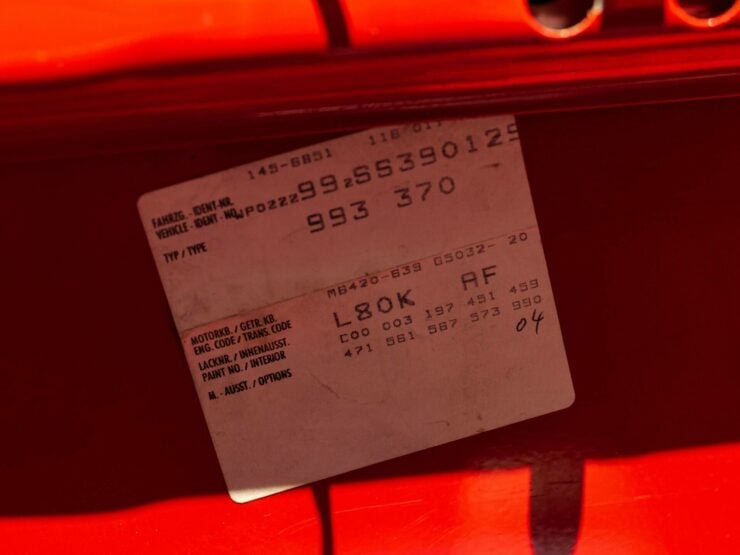

Only 213 of the type 993 Porsche 911 Carrera RS Clubsports were built, all of which are considered highly collectible today.
The suspension was by Macpherson strut with coil springs and anti roll bar at the front, and multi link “Weissach” with coil springs and anti roll bar at the rear. This suspension was made fully adjustable in every respect so it could be set up for the specific track it was being driven on. The steering was power assisted and that technology was created to optimize both feel and control.
The brakes needed to be purpose built for race-track conditions which requires lots of hard braking so the driver can maintain maximum speed for the longest time before braking for a corner. To satisfy that requirement the brakes were 322 mm drilled ventilated steel discs matched with four piston aluminum calipers.
The wheels were three-piece center-lock “Speedline for Porsche” aluminum wheels with magnesium centers. Front wheels were 8×18 inch shod with 225/40/ZR18 tyres, and at the rear 10×18 inch wheels with 265/35/ZR18 tyres.
As for performance: the standing to 60 mph time was 4.7 seconds, and standing quarter mile of 13.2 seconds with a terminal speed of 109 mph (175.4 km/hr). Top speed was 172 mph (277 km/hr).


The 911 Carrera RS Clubsport Shown Here
One of the 213 Porsche 911 Carrera RS Clubsports is coming up for sale by RM Sotheby’s at their Miami auction to be held on December 10, 2022.
This car was one of the 213 made by Porsche and it was originally delivered new to Porsche Zentrum Ulm in Willich, Germany in March 1995. This car was equipped from the factory with a stronger battery, radio delete, dome strut, fixed spoiler with additional wing, windscreen tint, air conditioning, and cloth/leatherette seats.
This Porsche is painted in “Guard’s Red” (G1) and the speedometer was replaced in 1988 when the car was shipped from Germany to a new owner in Jersey. The original odometer showed 23,000 miles on the odometer and the current replacement shows 42,818 miles, so the total mileage for the car is about 65,818 miles.
The car now resides in the United States and has been regularly and appropriately serviced. It was given comprehensive maintenance in February 2021 that was completed in the spring of 2022.
This included a suspension re-build with new control arms, bushings, and shock absorbers. Additionally the brake system was also rebuilt, and the exhaust system was replaced, as were all 12 valve-train lifters.
The car is being sold complete with owner’s manuals, service booklet, air compressor, and a Porsche Certificate of Authenticity.
You will find the sale page for this car here. As these cars are rather rare this sale presents an unusual opportunity to purchase one of these highly desirable 911s.
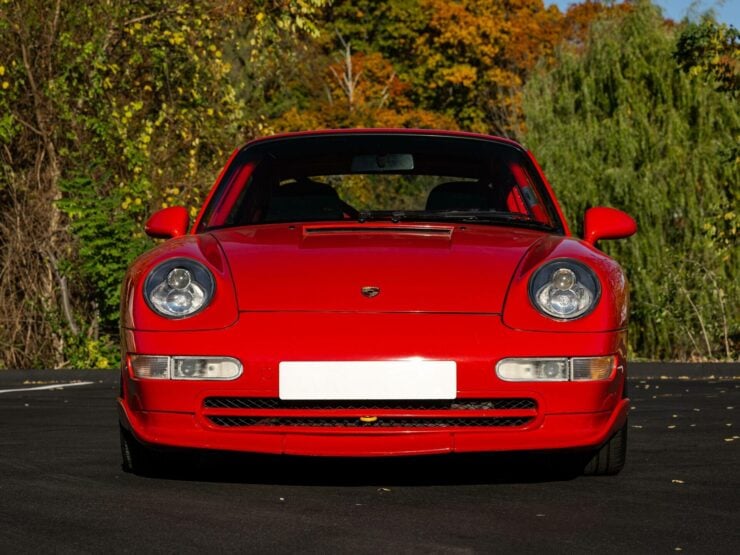
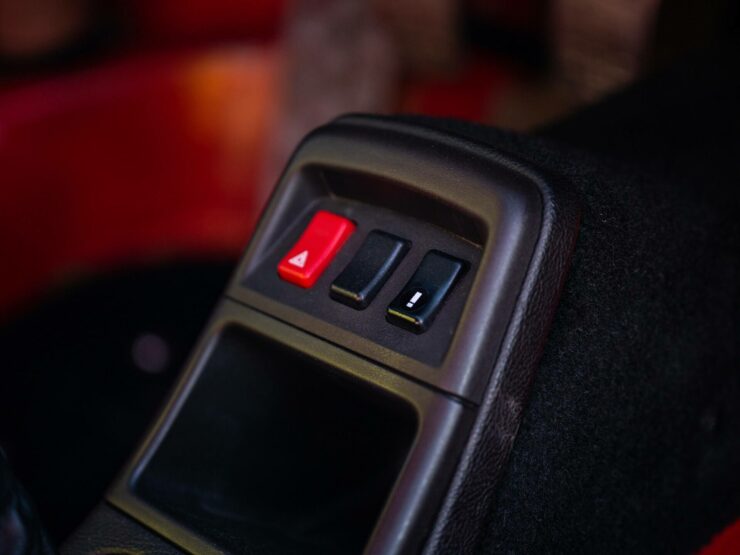
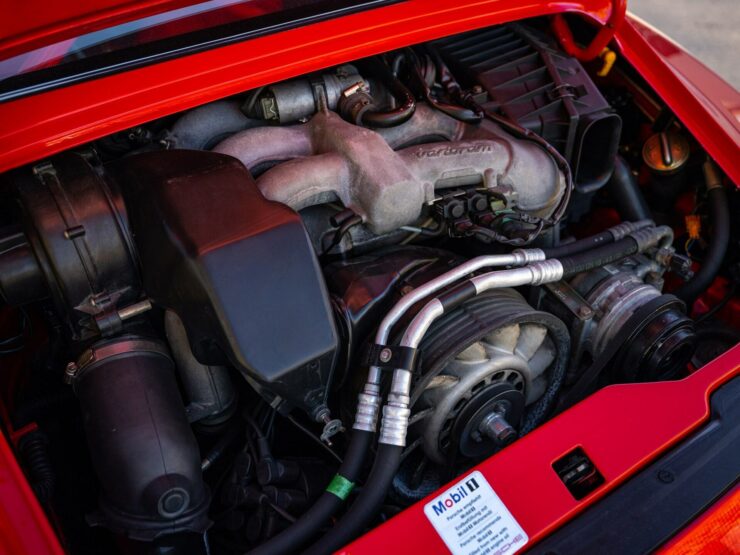
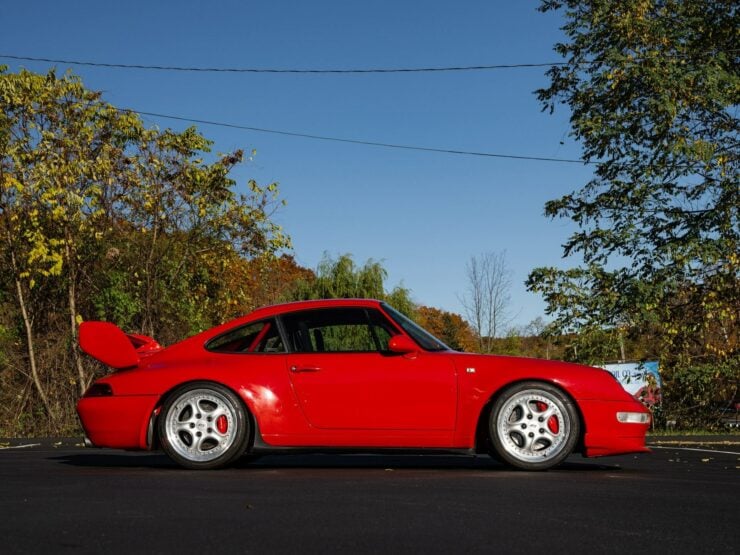
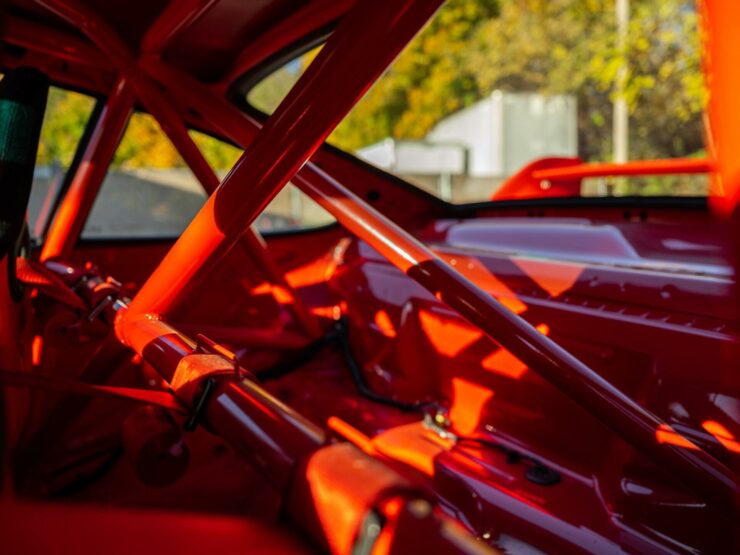
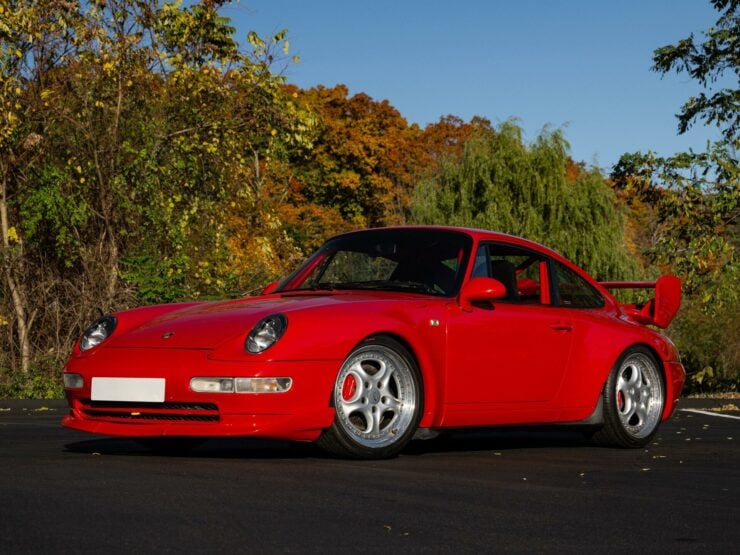
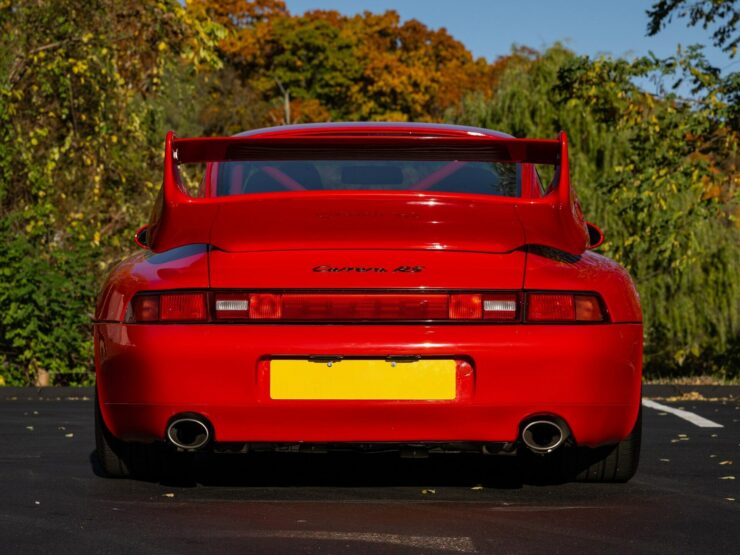
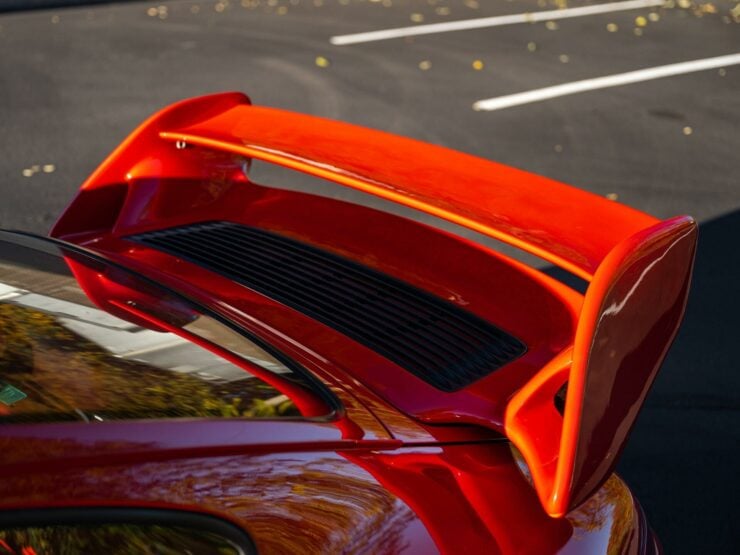
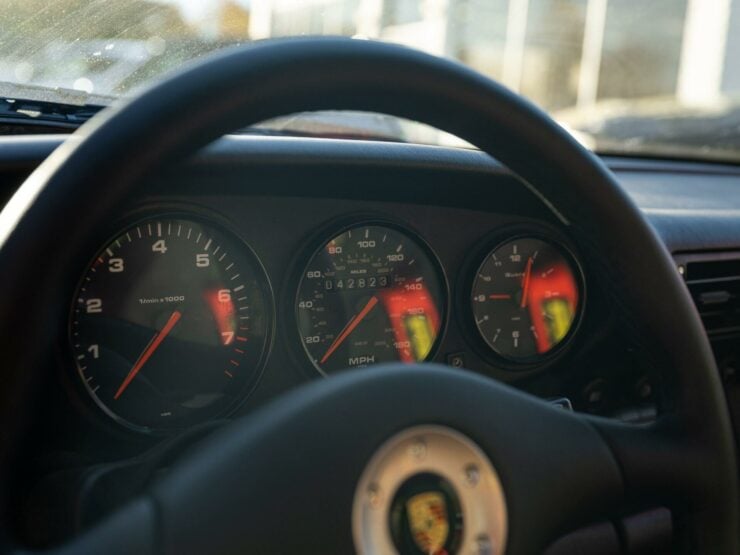
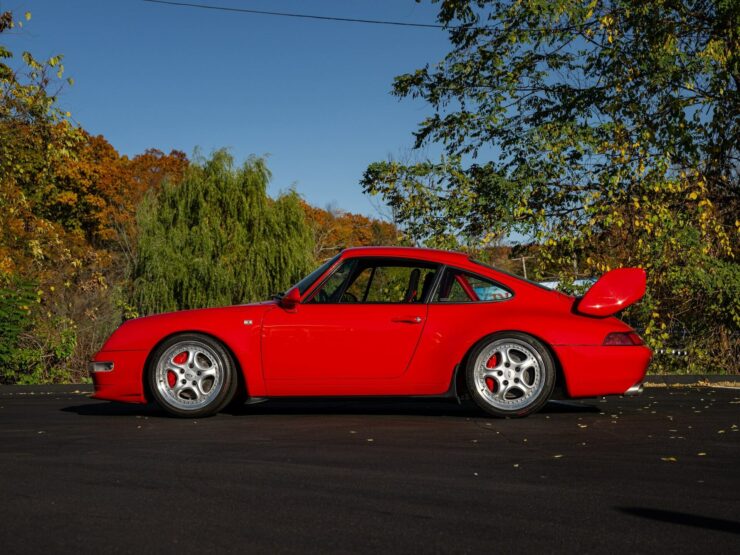
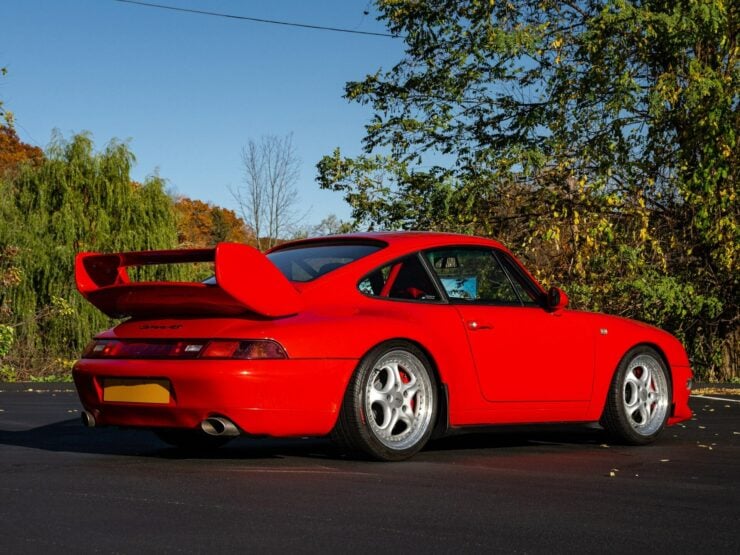
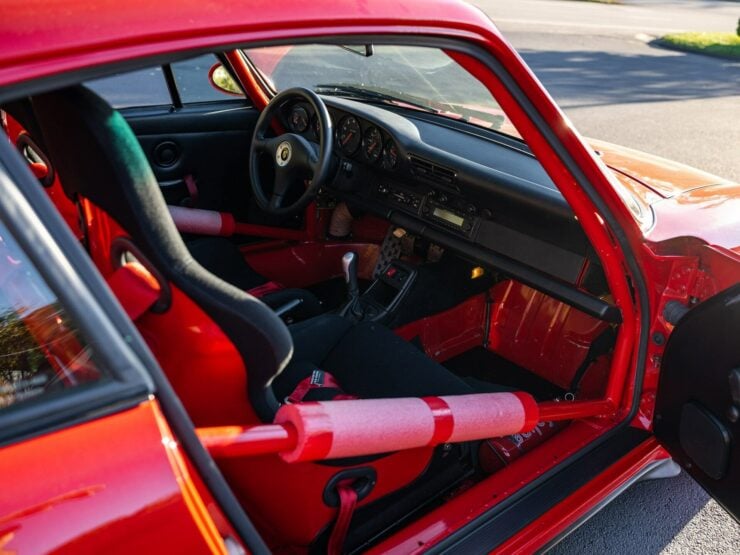
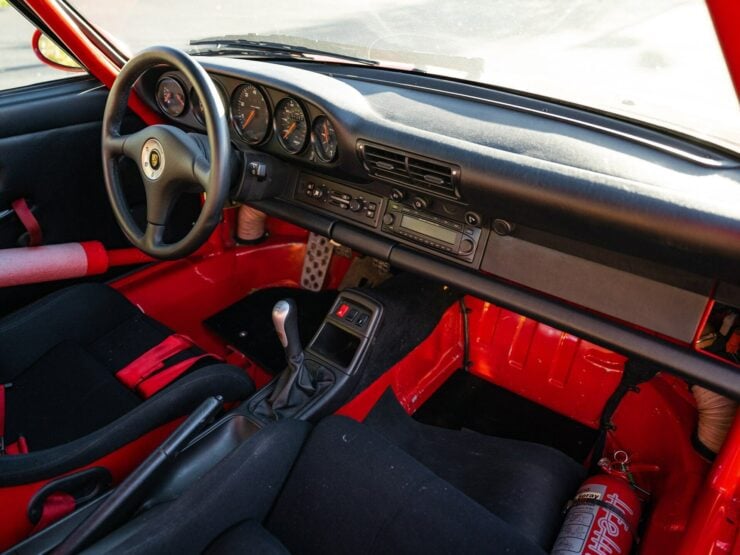
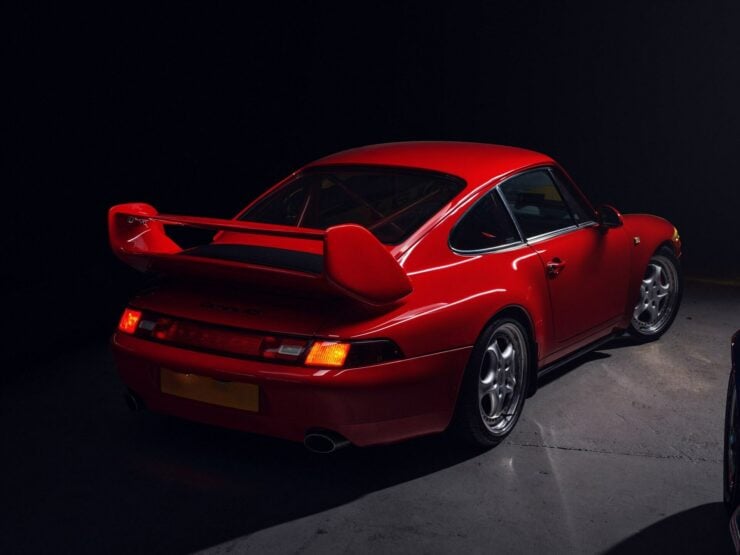

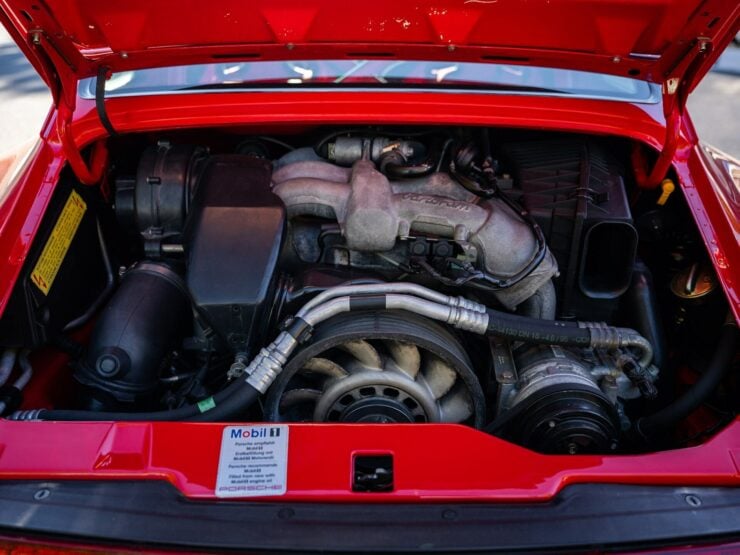
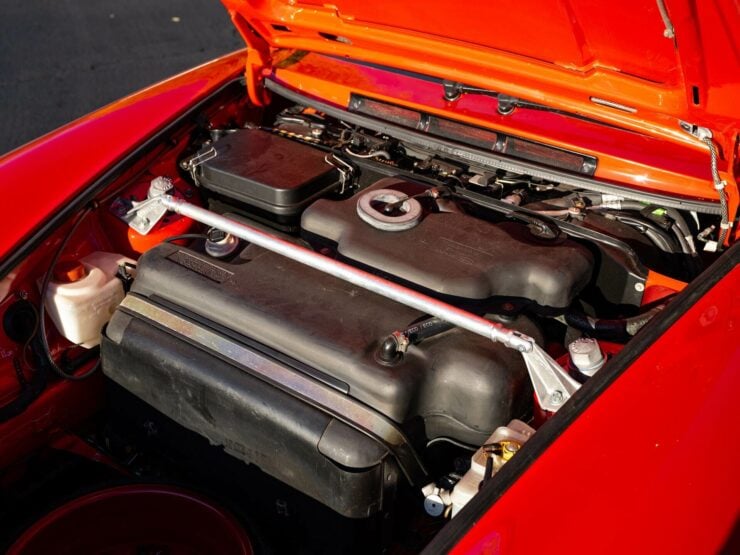
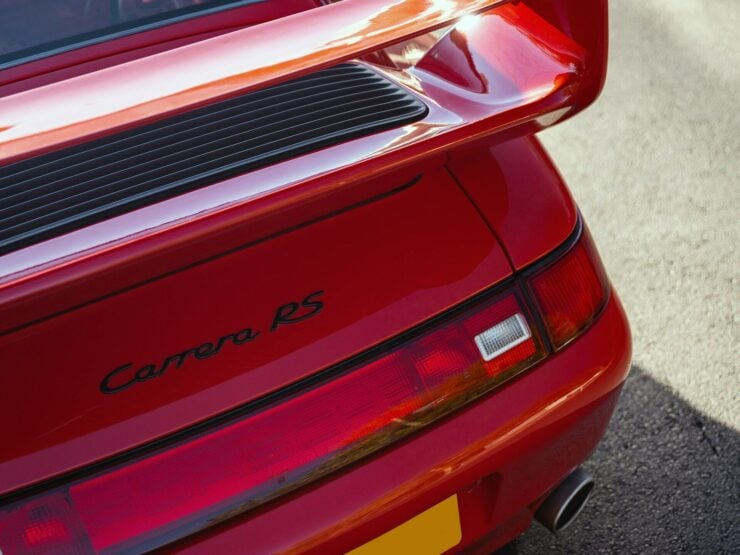
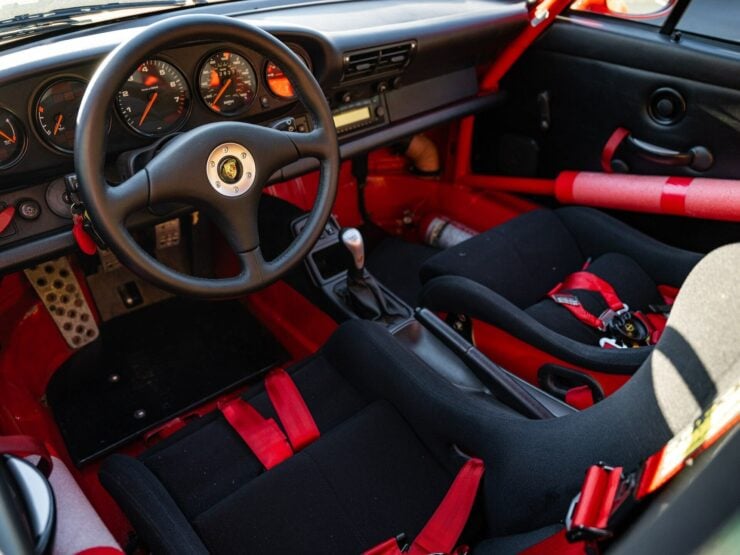
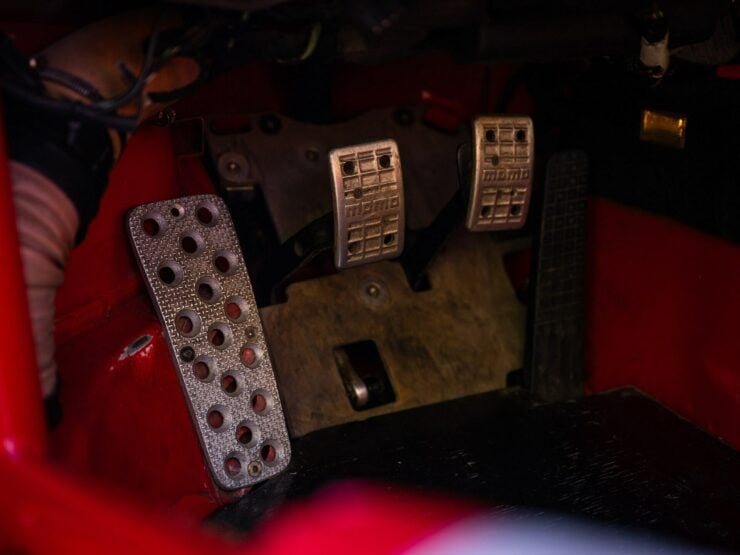
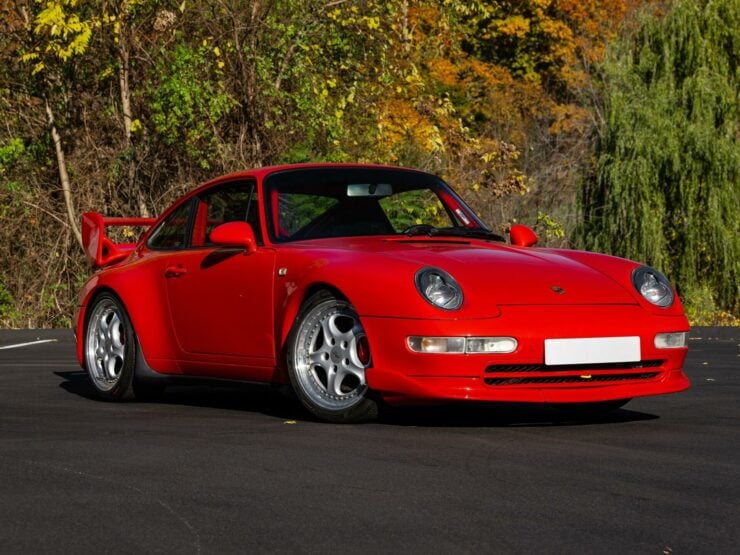
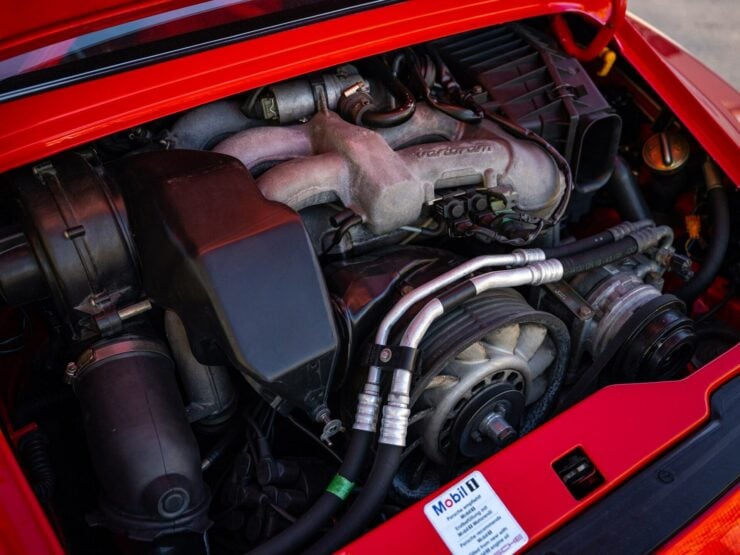
Picture Credits: All pictures of the sale Porsche 911 Carrera RS Clubsport courtesy Andrew Link at RM Sotheby’s.

Jon Branch has written countless official automobile Buying Guides for eBay Motors over the years, he’s also written for Hagerty, he’s a long time contributor to Silodrome and the official SSAA Magazine, and he’s the founder and senior editor of Revivaler.
Jon has done radio, television, magazine, and newspaper interviews on various issues, and has traveled extensively, having lived in Britain, Australia, China, and Hong Kong. The fastest thing he’s ever driven was a Bolwell Nagari, the slowest was a Caterpillar D9, and the most challenging was a 1950’s MAN semi-trailer with unexpected brake failure.
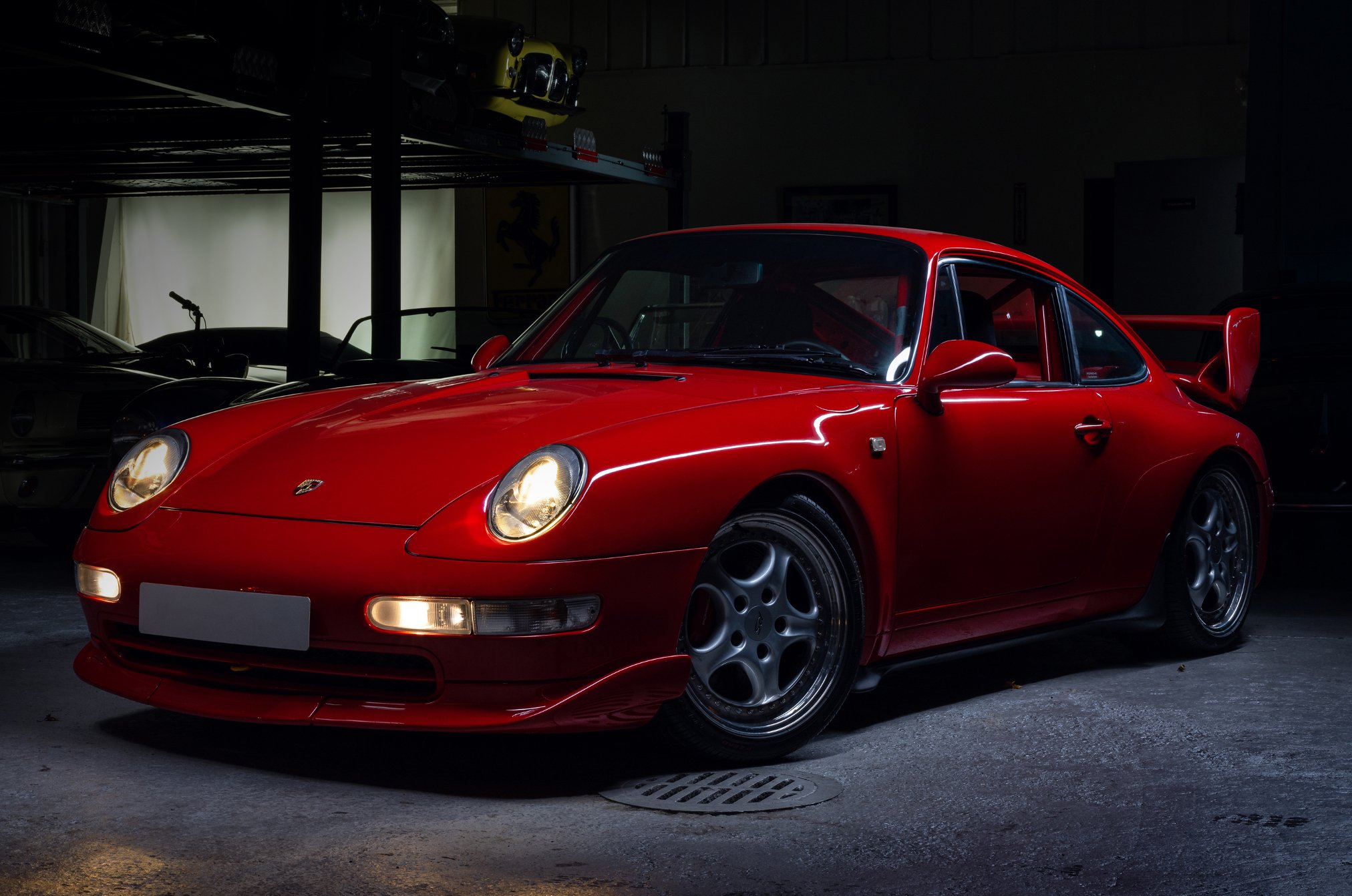



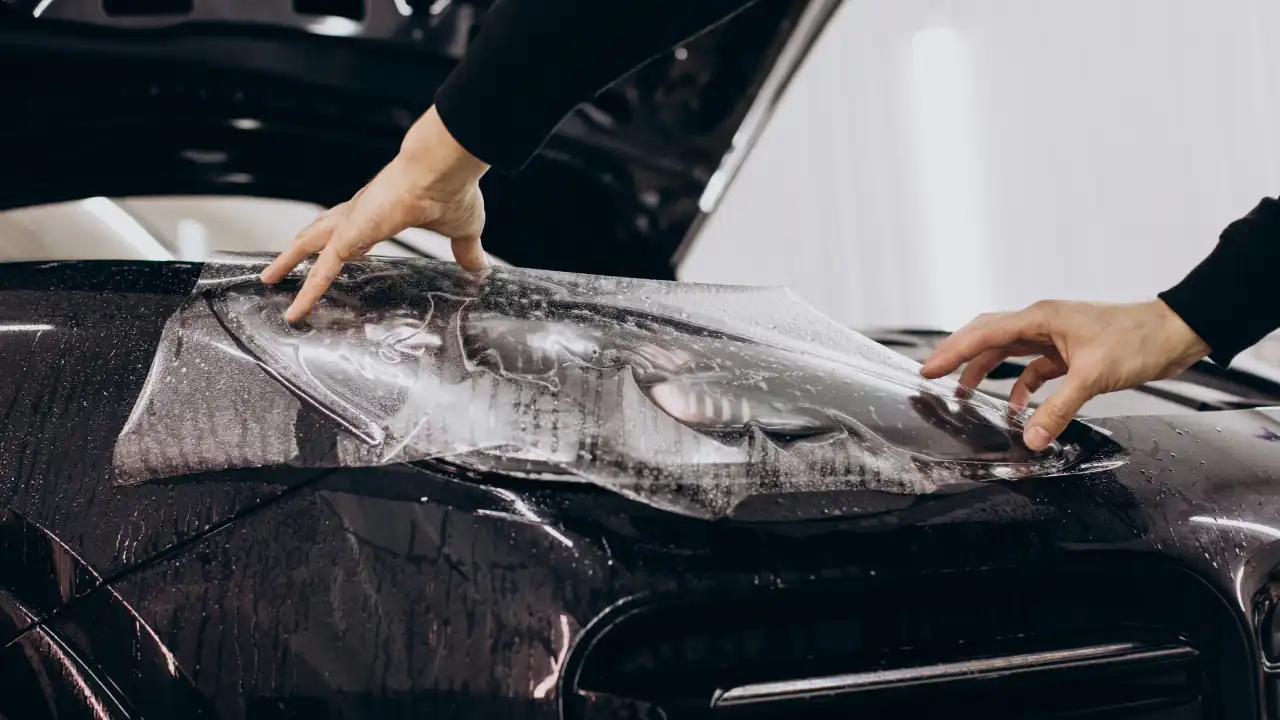

More Stories
Questions to Ask Before Insuring Your EV
Expert Tips for Drastically Reducing the Costs of Your Car
Car Safety Testers Beefing Up Their Gear for Electric Cars